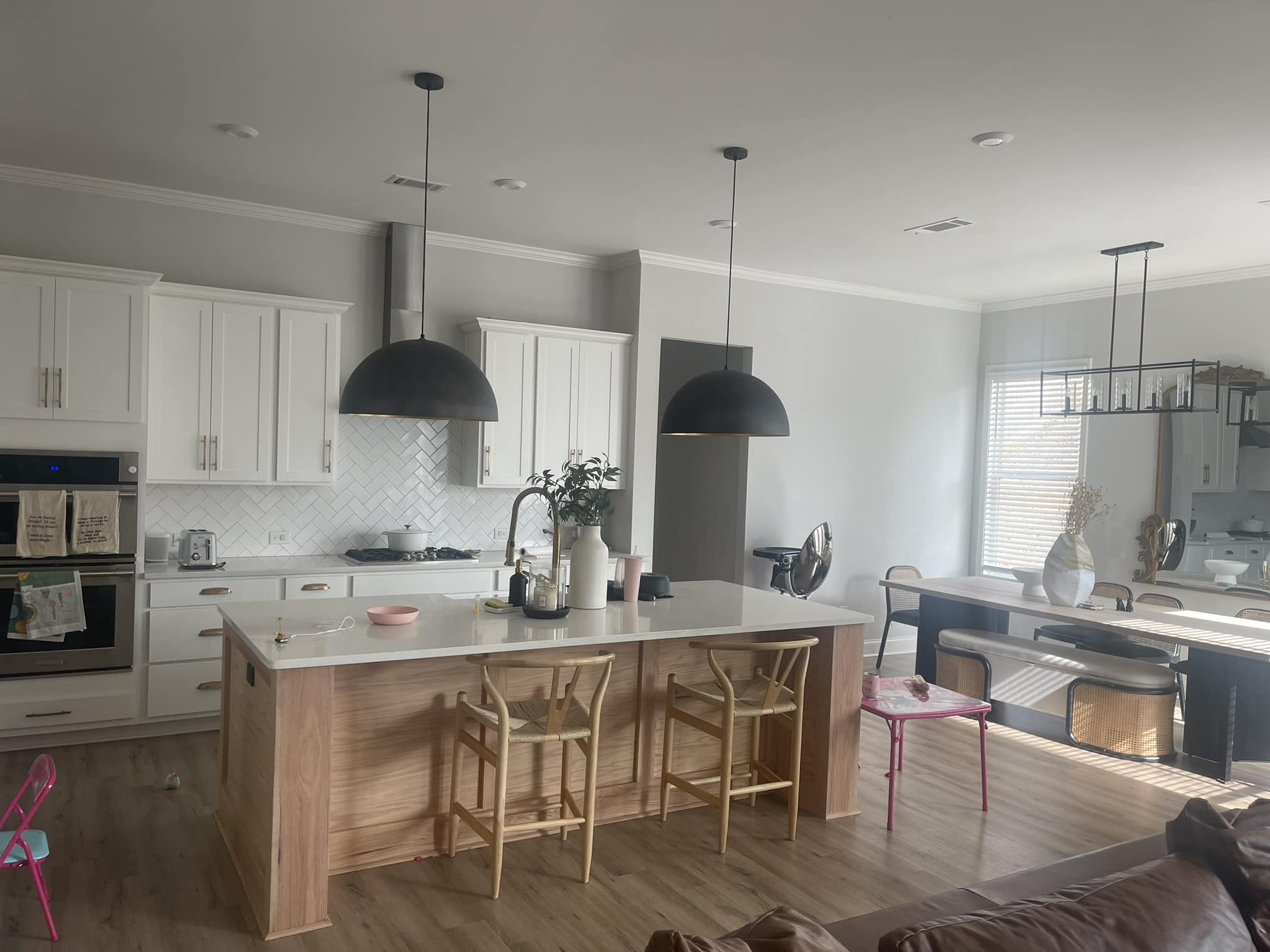
Eco-Friendly Building Materials: A Guide for Home Renovations Nov 12, 2025
Firstly, bamboo is an exceptional choice for eco-conscious renovations. Often touted as a highly sustainable material, bamboo grows quickly, making it a more replenishable resource compared to traditional hardwoods. It is incredibly durable and offers a chic, modern aesthetic that can enhance flooring, cabinetry, and even decorative elements. By opting for bamboo, you’re not only adding a unique touch to your home, but also contributing to forest conservation efforts.
Another green material gaining traction is reclaimed wood. This choice not only reduces deforestation but also leverages the inherent strength and beauty of aged timber. Reclaimed wood comes with a rich history, each piece telling a story with its unique grain patterns and textures. It can be used in various applications, from stunning accent walls to functional kitchen islands. By repurposing natural wood, you are extending its lifespan and promoting a circular economy.
For those reimagining their home's insulation, consider materials such as sheep’s wool or cellulose. Sheep’s wool is a natural insulator, with excellent thermal properties and sustainability since it is biodegradable and renewable. Cellulose, made from recycled paper products, offers effective insulation while reducing landfill waste. These materials not only enhance the energy efficiency of your home but also provide healthier indoor air quality, devoid of harmful chemicals found in some traditional insulations.
Sustainable countertops have also become a focal point in eco-friendly renovations. Materials like recycled glass and concrete provide durable surfaces that resist scratches and stains. Recycled glass countertops, in particular, are celebrated for their striking appearance, as they can be customized with a variety of colors and designs to match your kitchen or bathroom. Incorporating these materials into your home not only updates your design but also aligns with sustainability goals.
Incorporating eco-friendly paints and finishes into your renovation project is another excellent way to reduce harmful emissions. Many paints now available are low-VOC (volatile organic compounds) and free from toxins that can compromise indoor air quality. Choosing non-toxic finishes means creating a safer environment for your family while also maintaining beautiful, vibrant walls and surfaces.
In conclusion, when considering a home renovation, it is crucial to explore eco-friendly building materials that not only fulfill aesthetic and functional goals but also support sustainable living. U.S. Construction & Renovation is committed to guiding you through the process of selecting materials that minimize environmental impact and maximize the value of your home. By choosing green building materials, you are making a positive investment in the future health of our planet. As awareness and technology advance, more options will become available, further facilitating responsible choices in home improvement. Let’s build a sustainable future, one renovation at a time.
/filters:no_upscale()/filters:format(webp)/media/4c7d80e3-f0a5-4eb7-9faa-f6528b98c0bf.jpeg)